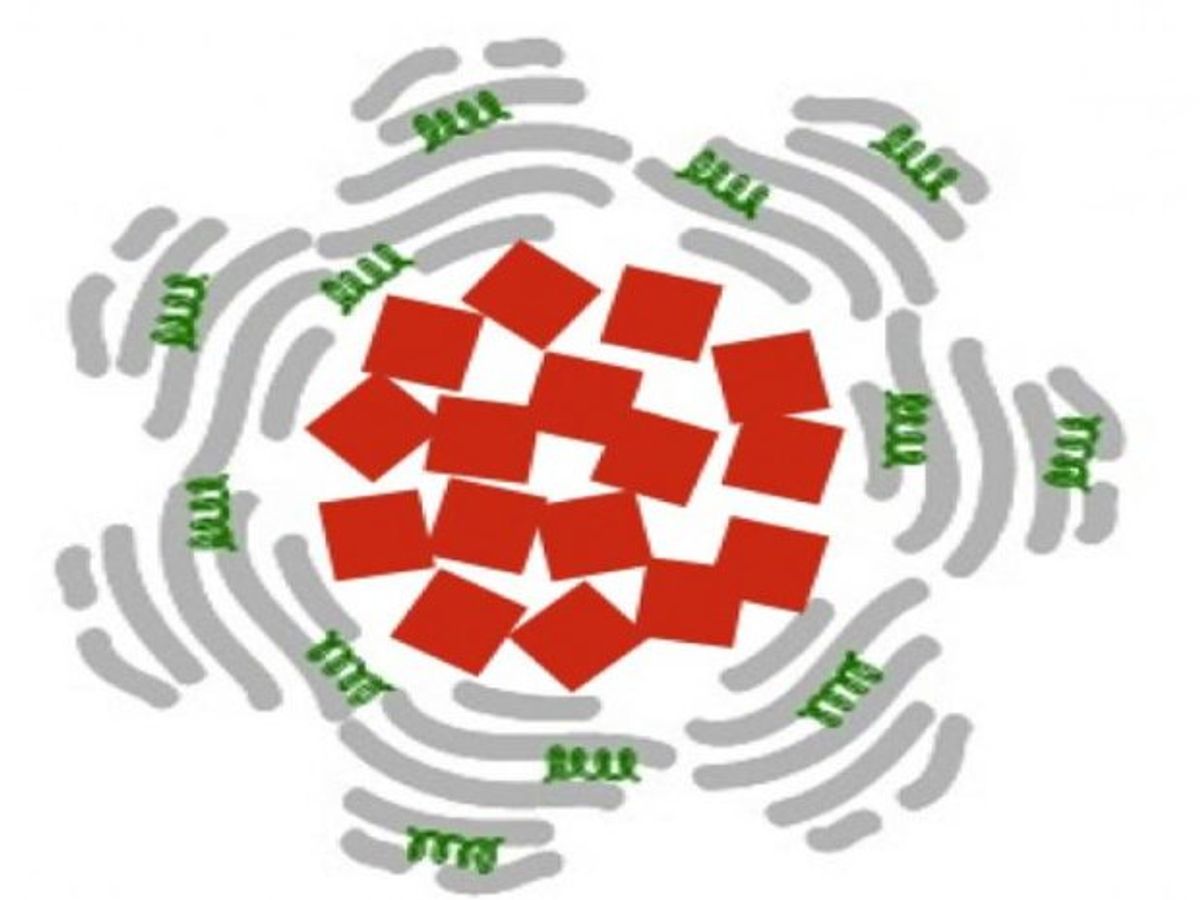Magnetic nanoparticles have served as the foundation for a number of medical technologies, including drug delivery, medical imaging contrast agents and cancer diagnosis and treatment.
Now researchers at Houston Methodist are loading up magnetic nanoparticles with drugs and camouflaging them from the immune systems so that they can destroy blood clots at a rate about 100 to 1000 times faster than a commonly used clot-busting technique.
The researchers believe that if the technique proves successful in human trials that it could help prevent strokes, heart attacks and pulmonary embolisms.
"We have designed the nanoparticles so that they trap themselves at the site of the clot, which means they can quickly deliver a burst of the commonly used clot-busting drug tPA where it is most needed," said Paolo Decuzzi, Ph.D., the study's co-principal investigator, in a press release.
In research published in the journal Advanced Functional Materials, the researchers first needed to find a way to camouflage the iron nanoparticles so that immune system wouldn’t attack them before they could do their job. So they coated the nanoparticles in albumin, a protein found naturally in blood.
The next step was to get a clot-busting drug loaded into the nanoparticles, which in this case was tissue plasminogen activator (tPA), an enzyme that is also found naturally in blood at low concentrations.
Typically, only a small amount of tPA is injected into a patient's blood upstream from the clot since it could end up anywhere in the circulatory system, endangering patients who are prone to hemorrhage. But even in this small amount, a large portion of it misses the target blood clot.
"Treating clots is a serious problem for all hospitals, and we take them very seriously as surgeons," said cardiovascular surgeon and coauthor Alan Lumsden, M.D. in the press release. "Although tPA and similar drugs can be very effective in rescuing our patients, the drug is broken down quickly in the blood, meaning we have to use more of it to achieve an effective clinical dose. Yet using more of the drug creates its own problems, increasing the risk of hemorrhage. If hemorrhage happens in the brain, it could be fatal."
Both Decuzzi and Lumsden have tested the tPA-enabled nanoparticles on human tissue cultures to measure where they landed and how long it took for the tPA to destroy the blood clots. Then they tested the nanoparticles on mice by injecting them into their bloodstream. With the use of optical microscopy, the researchers were able to see that the blood clots were broken up 100 times faster than those used in the control.
The next step in the research will be to get the technique into human clinical trials and the researchers are confident that it can reach that point since iron oxide is already being approved as a contrast agent in magnetic resonance imaging.
Dexter Johnson is a contributing editor at IEEE Spectrum, with a focus on nanotechnology.



